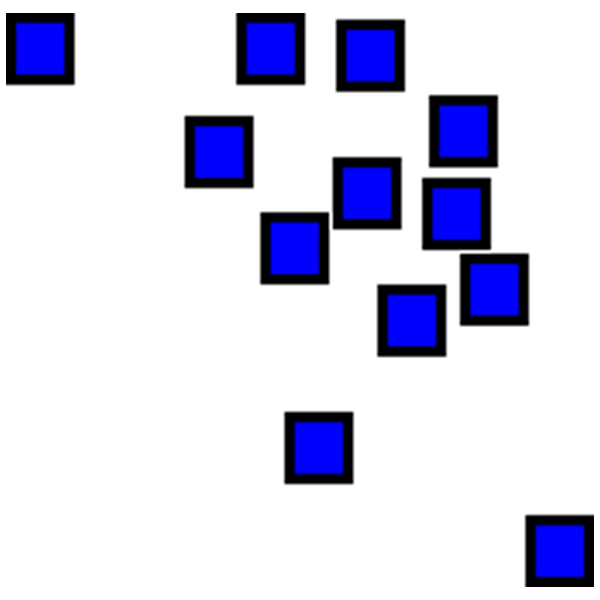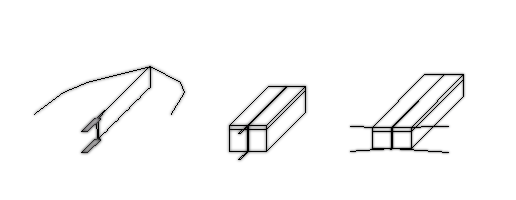Landing page for lawrence mc guire's music. Sound experiments, writings, documents on voice and text. This repository functions as part-archive and part-material for ongoing and future projects.
Use the navigation above to explore different sections:
- about/on - lawrence mc guire, manifesto(es)
- mouth doings - compositions, score exhibitions, analyses
- writings - nonsense entries, e-poetry, alt-lits, visual-text experiments
- extra-media - videos, images gallery, archival activities
- code - computer programs, algorithms, esolangs, dsp implementations
- activities - publications, solo, collaborative work, releases


